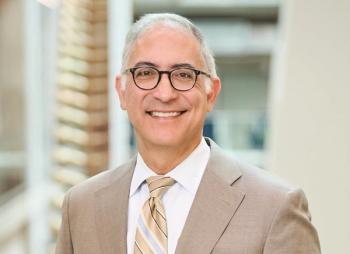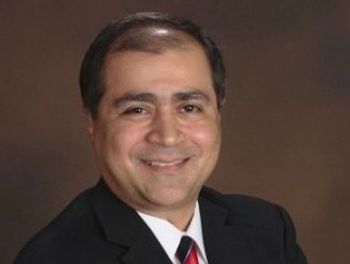
Naloxone must be more accessible, AMA says
It’s time for naloxone to get over-the-counter status so more lives can be saved, and the American Medical Association is pressing the White House for change.
Naloxone can reverse the effects of a drug overdose, and healthcare advocates say it needs to be more widely available.
The American Medical Association is pushing President Joe Biden’s administration to move naloxone from behind the counter. In a Feb. 15
“The AMA urges removing the prescription status of naloxone as an essential step to save lives from opioid-related overdose because it will help make naloxone more readily available to patients everywhere,” James L. Madara, the AMA’s executive vice president and CEO, wrote in the letter.
More than 100,000 Americans lost their lives to drug overdoses in the last year, according to the U.S. Centers for Disease Control and Prevention.
It’s likely naloxone has saved tens of thousands of lives over the years, the AMA said.
The AMA said it has been prodding pharmaceutical companies to change the status of naloxone to an over-the-counter medication but drugmakers are resisting those pleas. Some drug companies have offered discounts to states and local governments, and some have given naloxone to nonprofit groups for free, but the AMA contends those actions aren’t enough.
All 50 states allow residents to buy naloxone without a prescription, according to the
But because naloxone is still listed as prescription-only, it makes it more difficult for harm reduction groups to obtain it and save more lives, according to the Opioid Safety and Naloxone Network Buyers Club, a collective of nonprofits aiming to prevent overdose deaths.
“Every 5 minutes someone in America dies of an overdose,” the founders of the Buyers Club wrote in an October 2021
In nearly 40% of opioid overdose deaths, another person is present, according to the CDC. More bystanders with naloxone can save more lives, the CDC has said.
A study published in
Rachel Levine, the U.S. assistant secretary for health and human services, helped widen access to naloxone in Pennsylvania as a state health official. In 2016, Levine issued a standing order for all state residents to get naloxone at a pharmacy. Other states have undertaken similar efforts.
The FDA told
Advocates, including the AMA, are calling for the government to act.
“Removing prescription status simply adds access points for those who may not want to use their insurance and/or ask their pharmacist or physician,” Madara wrote in the letter to the White House. “At this point in the nation’s overdose epidemic, we must remove all potential barriers to naloxone.”








































